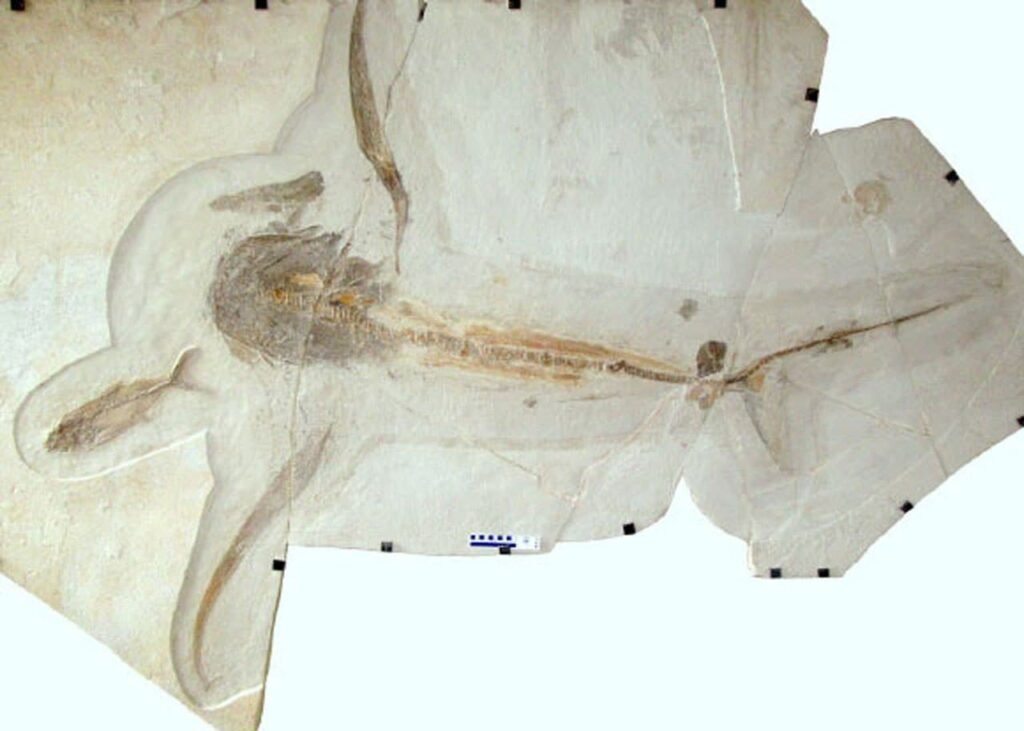Shark Fossil – Discovered
Aquilolamna milarcae is the name given to a new shark fossil species discovered by researchers. During the Late Cretaceous period, about 93 million years ago, sharks swam in the oceans. In Vallecillo, Mexico, scientists uncovered a complete fossilised specimen in 2012. In the past, that location has produced remarkably well-preserved shark fossils.
Bony fish, marine reptiles, and ammonites are all well-preserved at the site. According to scientists, the Aquilolamna milarcae belongs to the Lamniformes, a shark order in the Elasmobranchii subclass. Sharks, skates, and rays are part of this subclass, which has had a lot of success. About 380 million years ago, creatures in this class first appeared in the oceans, and they have evolved to perform a wide range of tasks.

Creature Food
The creature is thought to have eaten plankton, and contemporary plankton-feeding elasmobranchs include whales and basking sharks, as well as Mobulidae rays, which have flattened bodies and wing-like fins. What makes the Aquilolamna milarcaefossil so intriguing is that it depicts a creature that was clearly in the middle of both of those groups.
Shark Fossil found had many of the same characteristics as modern manta rays, such as long, thin fins and a mouth designed for filter feeding. Its plankton-eating mouth suggests it ate plankton. A caudal fin and a well-developed superior lobe, as seen in pelagic sharks like whale sharks and Tiger sharks, were also present.
Mix Features
The creature’s intriguing design includes anatomical features that are a mix of sharks and rays. Scientists think the creature would have been a slow swimmer, gliding through the water with its long pectoral fins and scooping up suspended plankton with its largemouth. The shark fossil also demonstrates that pectoral fins that function like wings evolved independently into distantly related types of filter-feeding elasmobranches, according to palaeontologists.
